I am a bit lazy to reproduce your example but I will give it a go as is
First, in your second table, you need to convert the date column to an actual date
You can do this with easily with lubridate
Assuming df1 and df2 for the first and second table respectively
library(lubridate)
df2$date <- ymd(df2$date) #ymd function assumes `year` then `month` then `day` when converting
Then you can use the dplyr's inner_join to perform the desired join
from stat545
inner_join(x, y): Return all rows from x where there are matching values in y, and all columns from x and y. If there are multiple matches between x and y, all combination of the matches are returned.
library(dplyr)
semi_join(df1, df2, by = c("date", "operatingSystem")
This will keep all rows in df1 that have a match in df2 - Linux stays out, and also keep the columns newusers and will keep df2%users and rename into users.1.
Note:You might need to convert df1$date to dttm object with lubridate::date(df1$date)

